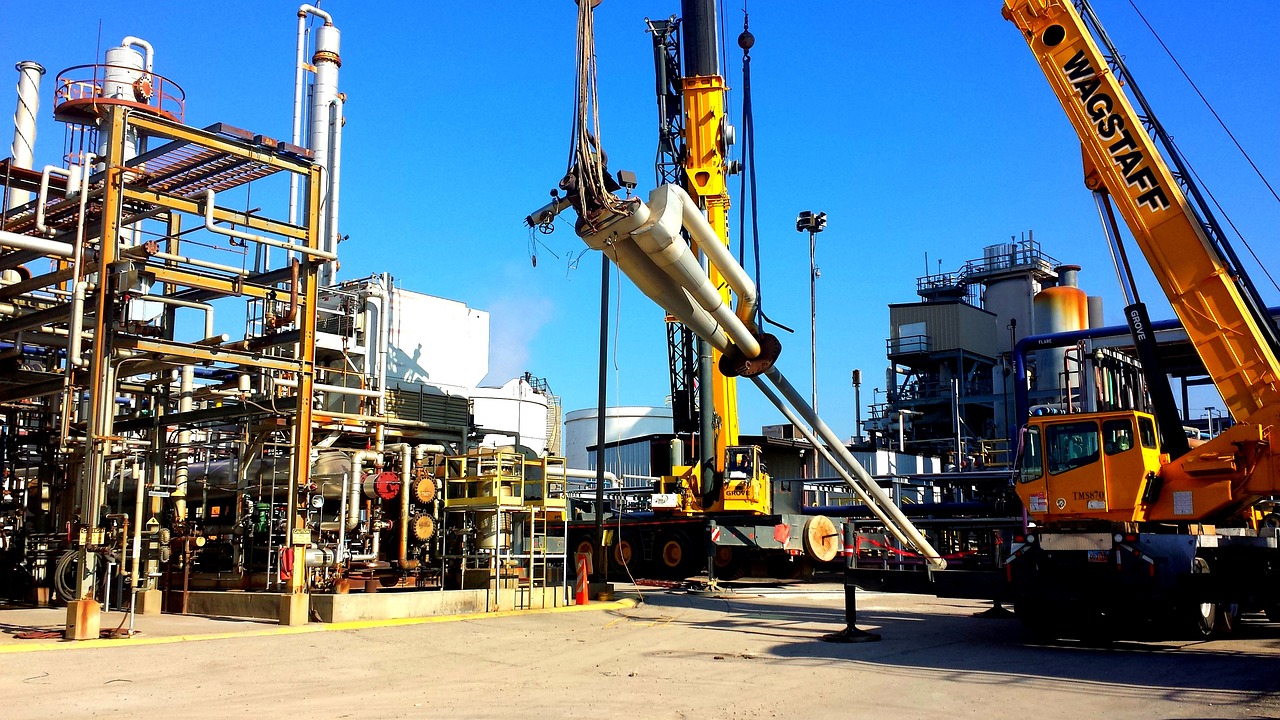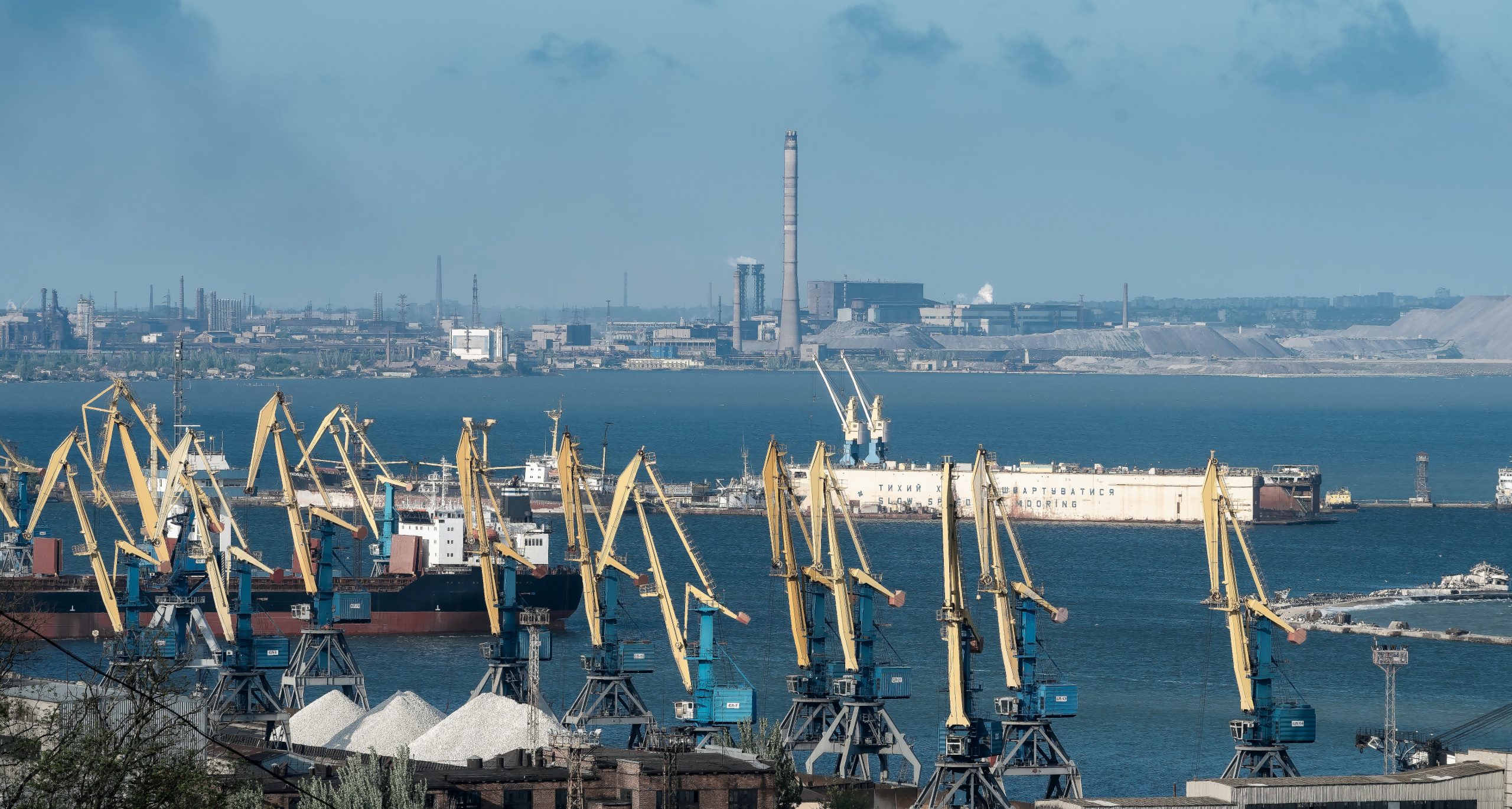As the global economy moves into 2024, businesses, policymakers, and individuals are eager to understand the possible economic trends that could shape the year. One of the key concerns is whether the Federal Reserve’s policies will help steer the economy toward a “soft landing”—a scenario where inflation is controlled, and economic growth slows down without triggering a recession. In this article, we will explore the economic outlook for 2024, focusing on Federal Reserve policies, inflation, interest rates, and their effects on the broader economy.
Understanding the Concept of a Soft Landing
A soft landing refers to a situation in which the economy slows down just enough to curb inflation without tipping into a recession. This delicate balance requires the Federal Reserve to carefully adjust interest rates and other monetary policies to manage inflation while maintaining economic growth. In 2023, inflation remained high, forcing the Federal Reserve to increase interest rates. As we enter 2024, the primary challenge is to control inflation without harming consumer spending, business investment, or employment growth.
The Role of the Federal Reserve in 2024
Federal Reserve Policies
The Federal Reserve is central to achieving a soft landing in 2024. Its main tools for managing the economy include setting interest rates, controlling the money supply, and influencing inflation expectations. As inflation reached historical highs in 2023, the Federal Reserve responded by raising interest rates multiple times. These rate hikes were intended to make borrowing more expensive, thereby reducing demand for goods and services, which in turn could lower inflation. However, if interest rates rise too quickly or stay high for too long, it could dampen economic growth and potentially lead to a recession.

In 2024, the Federal Reserve is expected to continue walking a fine line between managing inflation and supporting economic growth. Some analysts predict that the central bank may adopt a more cautious approach, potentially pausing interest rate hikes if inflation shows signs of easing. Other experts believe that the Federal Reserve might still need to tighten policies further if inflation remains stubbornly high.
The Impact of Federal Reserve Policies on Inflation
Inflation Control
Inflation is one of the primary drivers behind the Federal Reserve’s policy decisions. In 2023, inflation remained a persistent problem due to supply chain disruptions, rising energy costs, and labor shortages. As we move into 2024, the Federal Reserve’s priority will be to maintain inflation within the target range of 2%. High inflation erodes purchasing power, especially for low- and middle-income households. By controlling inflation, the Federal Reserve hopes to provide price stability, which is critical for sustainable economic growth.
One of the potential outcomes of the Federal Reserve’s interest rate hikes is a moderation in inflation. As borrowing costs increase, consumer demand may decline, leading to lower prices for goods and services. However, if inflation does not come down as expected, the Federal Reserve may be forced to continue raising rates, which could further impact business investment and household spending.
How Interest Rate Changes Affect the Economy
Impact on Businesses and Consumers
Interest rates are a powerful tool that affects both businesses and consumers. When the Federal Reserve raises interest rates, borrowing costs increase. This affects consumer loans, mortgages, and business loans. Higher interest rates typically lead to reduced consumer spending, as credit becomes more expensive. Similarly, businesses may cut back on expansion plans or delay investments due to higher financing costs.
In 2024, the impact of the Federal Reserve’s interest rate policies will be closely watched. On the one hand, businesses may face challenges in accessing affordable credit, which could lead to slower growth and reduced hiring. On the other hand, consumers may pull back on spending, particularly on big-ticket items like homes and cars, further slowing the economy. The key question will be whether these slowdowns are enough to cool inflation or if they risk stalling economic growth altogether.
Impact on Employment
One of the critical risks associated with high-interest rates is the potential impact on employment. When businesses face higher borrowing costs, they may scale back on hiring or even resort to layoffs to cut costs. This could lead to a higher unemployment rate, which, if unchecked, could trigger a recession. However, so far, the labor market has remained resilient, with unemployment staying relatively low despite the Federal Reserve’s tightening policies in 2023.
In 2024, the labor market will play a crucial role in determining whether the economy experiences a soft landing. If employment levels remain stable while inflation decreases, the Federal Reserve may be able to achieve its goals without causing a major downturn. However, if job losses mount, it could signal that the economy is heading toward a harder landing.
Global Factors Influencing the U.S. Economy
International Trade and Geopolitical Tensions
In addition to Federal Reserve policies, global economic factors will also play a significant role in shaping the U.S. economy in 2024. International trade relationships, geopolitical tensions, and global supply chain disruptions could all impact inflation and economic growth. For example, the ongoing trade tensions between the U.S. and China, coupled with the war in Ukraine, have contributed to rising energy and commodity prices, which in turn affect inflation.
Global Central Bank Policies
Moreover, the policies of other central banks around the world will influence the U.S. economy. In 2023, many central banks, including the European Central Bank and the Bank of England, raised interest rates to combat inflation in their respective regions. If global inflation persists, these central banks may continue tightening their policies, which could have spillover effects on the U.S. economy, particularly in areas like trade and investment.
Navigating Economic Uncertainty in 2024
Preparing for Market Volatility
Market volatility is likely to remain a theme throughout 2024 as investors and businesses react to Federal Reserve policy decisions, inflation trends, and global economic developments. Companies should consider maintaining flexibility in their operations and investment strategies, allowing them to respond quickly to changing conditions. Individuals should also be cautious with their investments, balancing risk and return given the uncertainties ahead.
Opportunities in a High-Interest-Rate Environment
While rising interest rates pose challenges, they also create opportunities for certain sectors of the economy. For instance, financial institutions such as banks may benefit from higher interest rates as they can charge more for loans. Additionally, savers may see better returns on savings accounts and fixed-income investments, which had been offering historically low yields in recent years.
Comparative Table of Federal Reserve Policies and Economic Impacts
| Federal Reserve Policy | Objective | Potential Positive Impact | Potential Negative Impact |
|---|---|---|---|
| Interest Rate Hikes | Control inflation | Lower inflation, stable prices | Higher borrowing costs, slower growth |
| Quantitative Tightening | Reduce money supply | Strengthens the dollar | Liquidity reduction, market volatility |
| Pausing Rate Increases | Support economic growth | Continued growth, lower recession risk | Inflation might remain high |
| Forward Guidance (Transparency) | Manage market expectations | Greater market stability | Potential over-reaction from markets |
Analysis Table: Key Economic Indicators for 2024
| Economic Indicator | Expected Trend in 2024 | Impact on Economy |
|---|---|---|
| Inflation | Moderate decline | Stabilizes consumer purchasing power |
| Interest Rates | Likely to stay elevated | Higher borrowing costs for consumers/businesses |
| Unemployment | May rise slightly | Potential risk to consumer spending and demand |
| Consumer Spending | Slower growth | Could dampen economic expansion |
| Business Investment | Lower due to high rates | Delays in growth and innovation |
| Global Trade | Moderate growth | Trade tensions could disrupt supply chains |
Conclusion: Preparing for a Soft Landing
The economic outlook for 2024 remains uncertain, with Federal Reserve policies at the center of attention. A soft landing is possible, but it depends on the delicate balance between controlling inflation and maintaining economic growth. Interest rate policies will continue to shape the business environment, consumer behavior, and employment trends. While there are challenges ahead, opportunities also exist for businesses and individuals who can adapt to this high-interest-rate environment.
As we move forward, it will be essential to stay informed and flexible in the face of potential volatility. The Federal Reserve’s ability to manage inflation without causing a recession will be the key determinant of whether the U.S. economy can achieve the desired soft landing in 2024.










